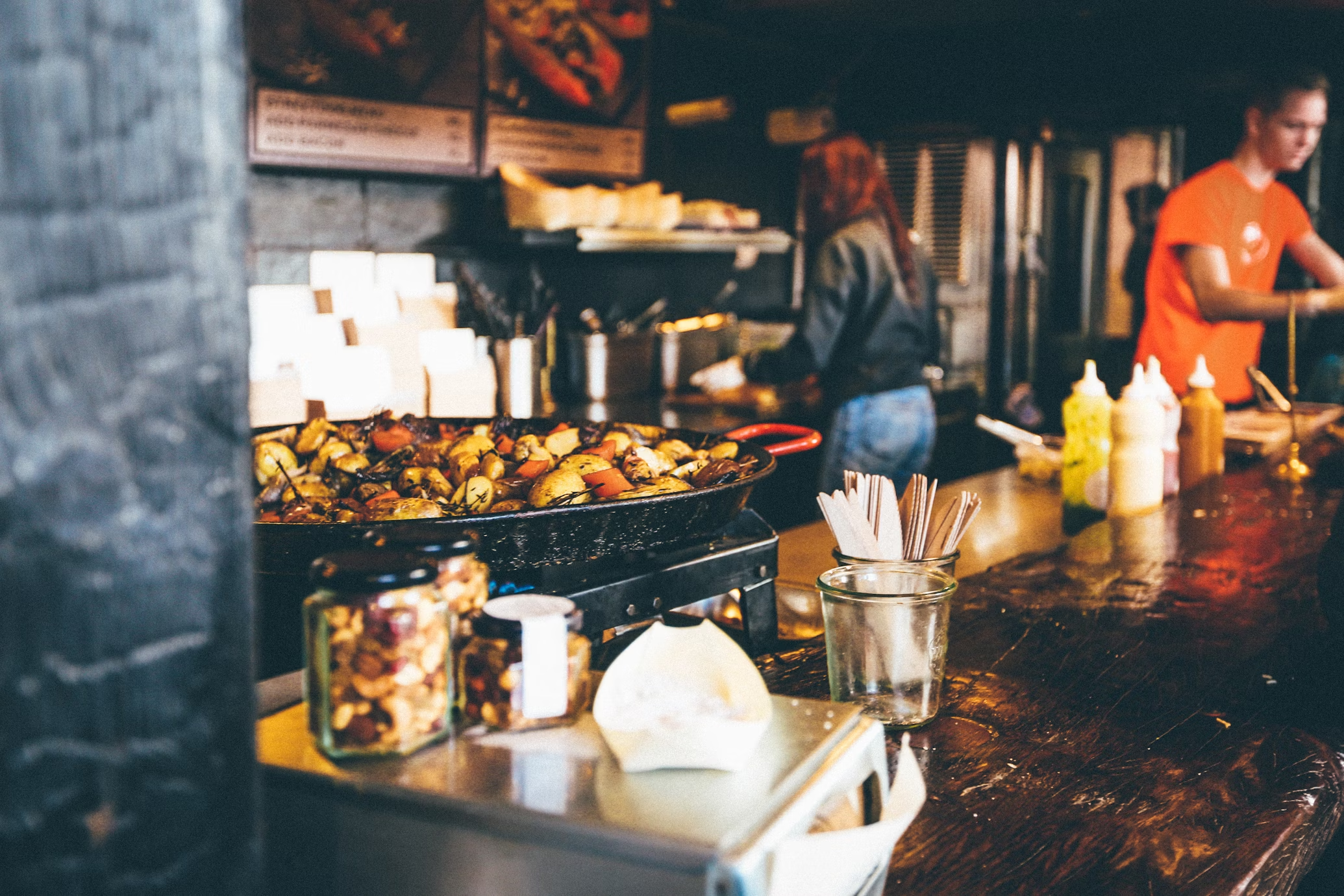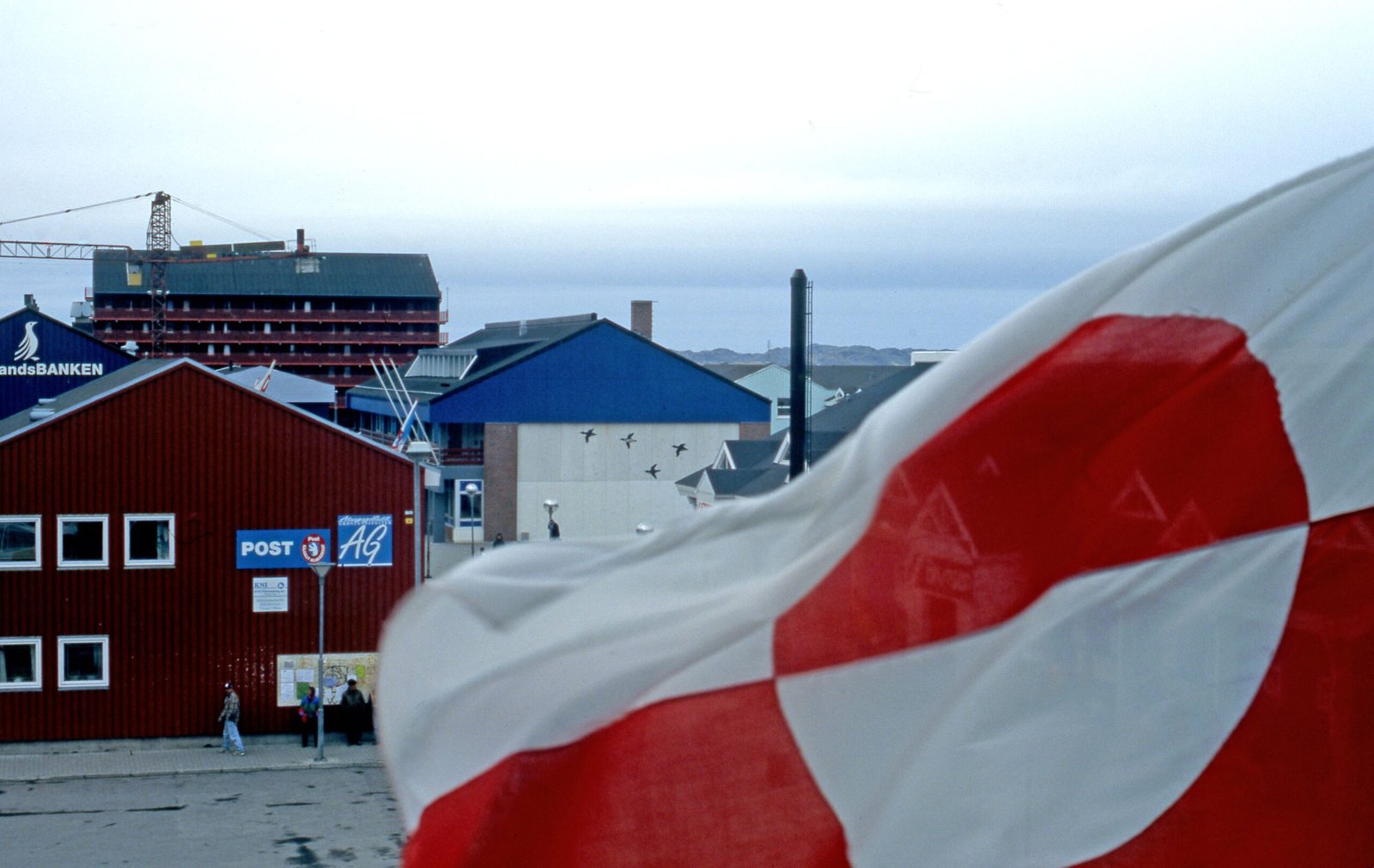If you’re a food lover like me, you’ll surely fall for Danish Cuisine and its rich food culture. Copenhagen, Denmark is home to ‘Noma‘, recognized as the world’s best restaurant. Danish food is characterized by simplicity, high-quality ingredients, and a focus on seasonal produce. A key element of their culture is ‘Hygge’, which embodies warmth and comfort, often enjoyed through shared meals with loved ones. Danish pastries, called wienerbrød, and coffee are staples during social gatherings.

Traditional Danish dishes are hearty and flavorful, with specialties like smørrebrød (open-faced rye sandwiches), frikadeller (meatballs), and flæskesteg (roast pork with crispy skin). The emphasis on fresh, locally sourced ingredients highlights Denmark’s agricultural roots. Dining out is a popular activity, especially in Copenhagen, which boasts Michelin-starred restaurants like Noma, blending traditional tastes with modern culinary innovations. Overall, Danish food culture reflects a beautiful balance of tradition, sustainability, and a strong love for communal meals.
The Danish meal routine typically involves a light breakfast, a substantial lunch, and a hearty dinner. Danes often enjoy fresh fruit, juice, and milk paired with whole grain rolls topped with pumpkin seeds or toasted oats for breakfast. Lunch usually features smørrebrød with a range of toppings such as pickled herring or liver pate. Dinner, the main meal of the day, usually consists of meat, potatoes, vegetables, and fruits. The New Nordic Cuisine movement, which focuses on seasonal and local ingredients, has also elevated Denmark’s global culinary standing.




